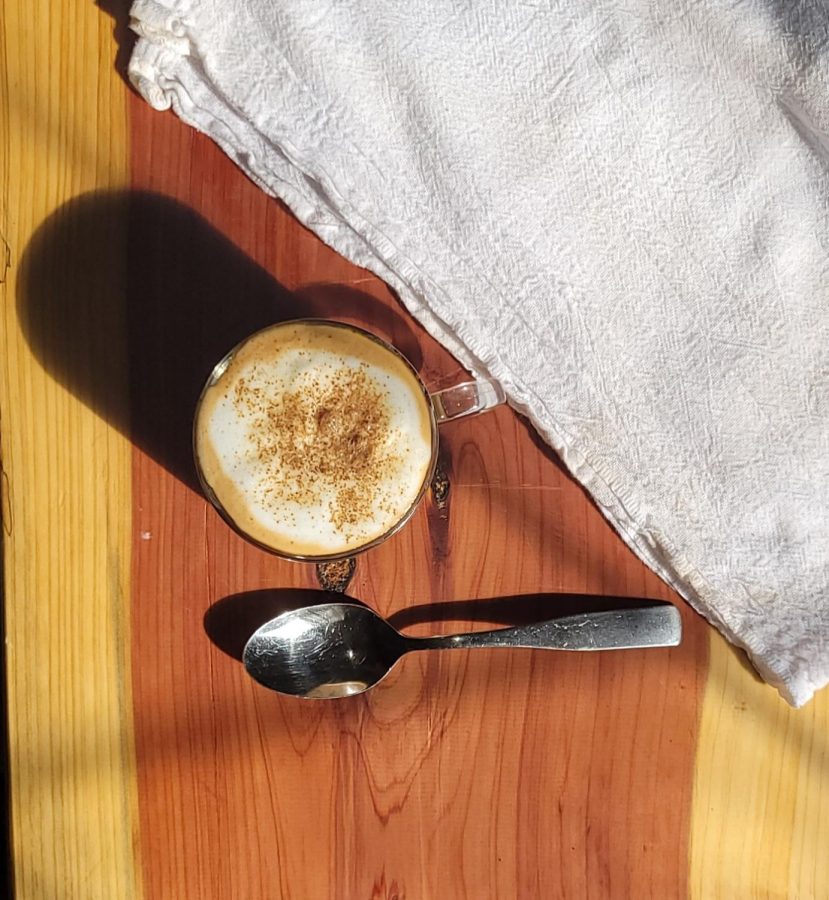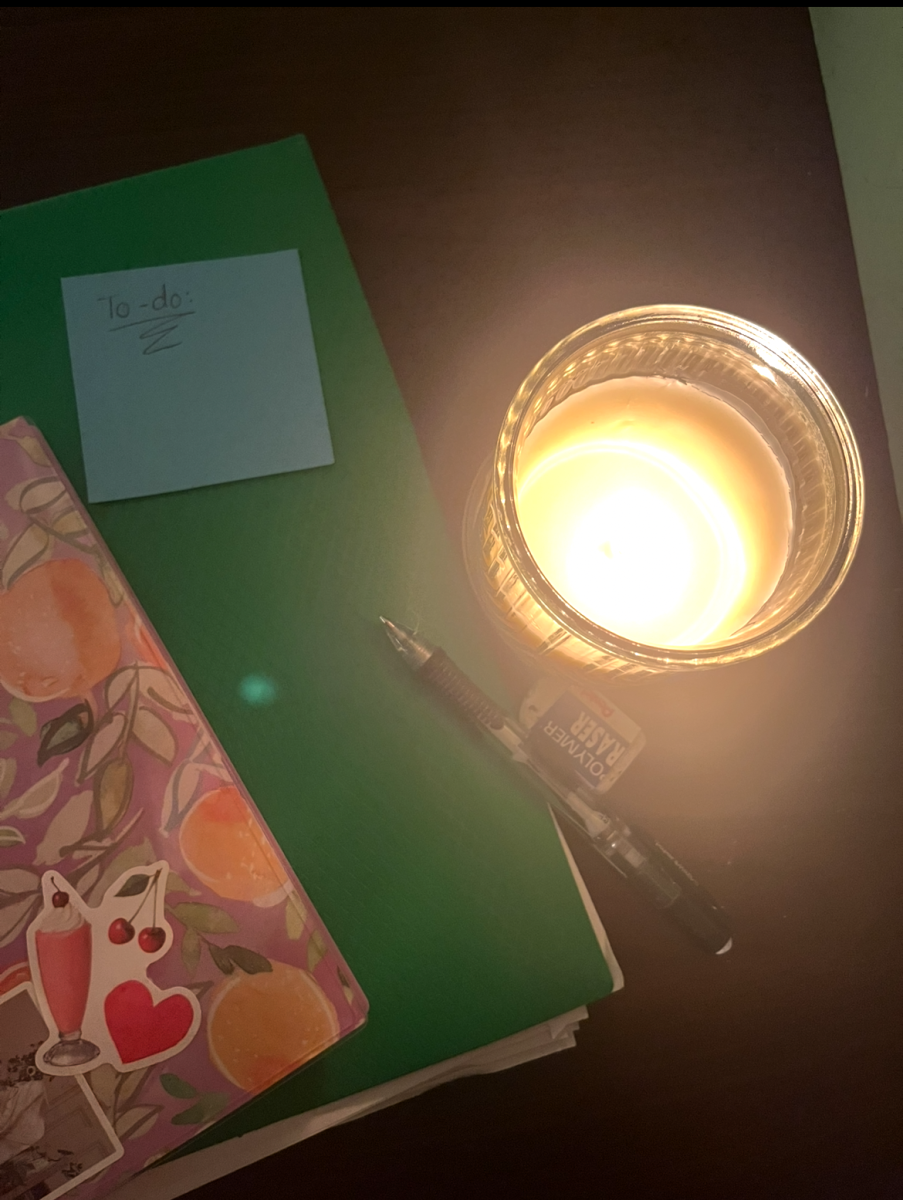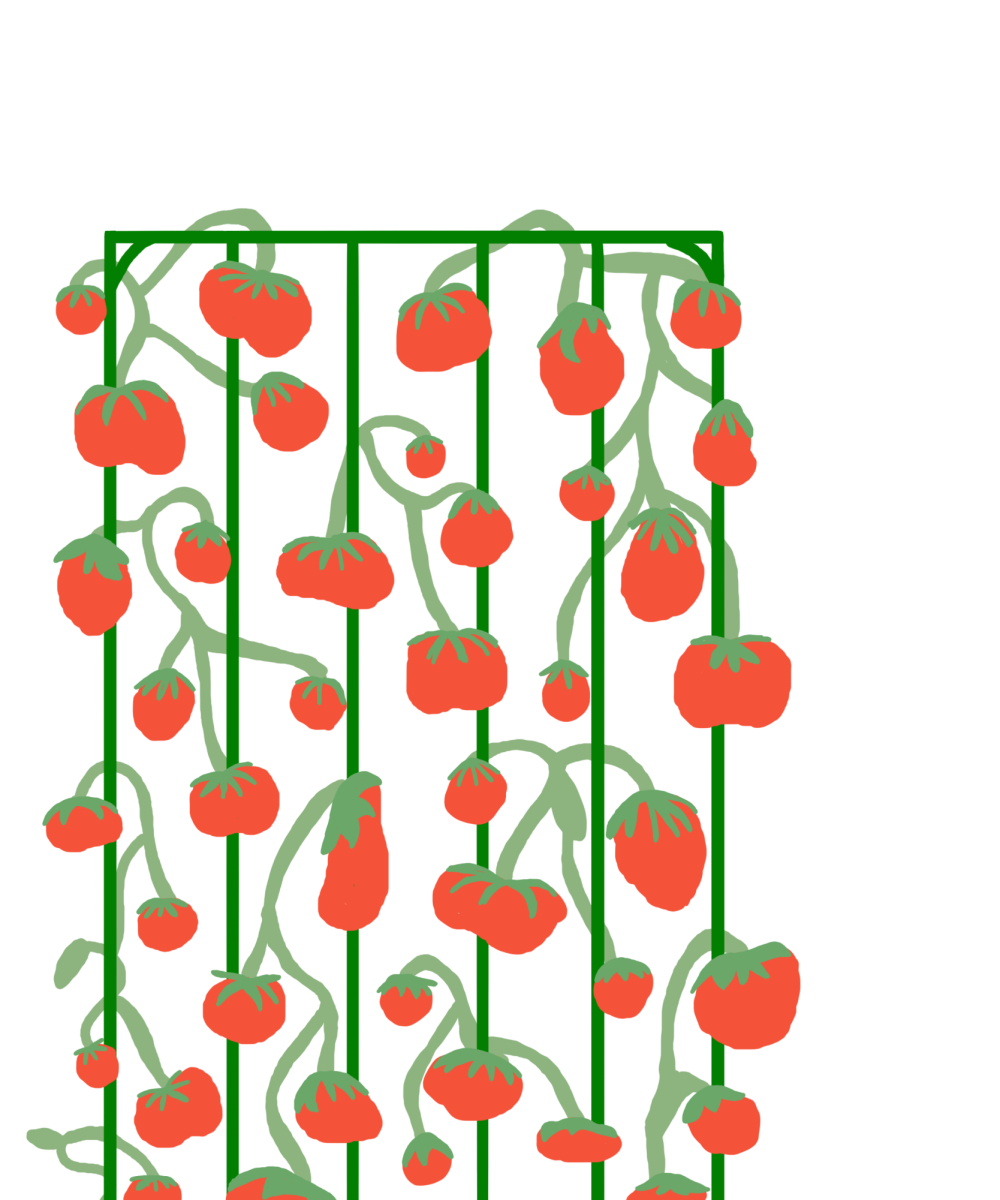It’s Generation Z’s most controversial question; perhaps even the most significant question of the century. Is it about climate change, you may ask? Nope. Inflation? Not quite. It’s one that impacts and will continue to impact everyone (for at least a quarter of the year): is pumpkin spice truly worth the hype?
To wholly understand the situation, you must first learn about the history of the spice itself. It’s widely known that pumpkin spice isn’t just one spice, but a combination of several: cinnamon, nutmeg, cloves, ginger, and sometimes cardamom, among others, depending on the region and dish. It’s often used in fall-themed drinks and baked-goods, such as lattes and breads. While it’s been around for many centuries, it made its official U.S. debut as a sweet spice in Amelia Simmons’s 1796 cookbook American Cookery. She recommends combining a quart of pumpkin (or ‘pompkin,’ as was the spelling at the time), three pints cream, and nine eggs, as well as nutmeg, ginger, and mace, to make a pumpkin pudding.
In recent years, pumpkin spice has become incredibly popular in coffee-based drinks. The quality of said drinks has become a common debate throughout the autumnal months. Sophomore Sailor Garrison has a particularly chilling story surrounding the negative impact of pumpkin spice on her family and her life.
“It has ruined my entire life,” recalled Garrison.
It’s undeniable that the prominent coffee chain Starbucks is, in part, responsible for these tragedies.
“[Starbucks has] destroyed my will to live,” said Garrison.
Among anti-spice arguments, one of the most frequent is the claim that pumpkin in itself should never be paired with non-savory components. While this may seem far-fetched, it goes back to Native American peoples somewhere between 7500 and 9000 years ago. After their domestication, pumpkins were often eaten in stews, and the seeds were roasted and eaten with nuts. The practice of eating the fruit with the iconic spices in sweeter dishes didn’t entirely catch on until the early nineteenth century. Pumpkin spicers who fall on the more traditional side of the spectrum sometimes prefer spiced drinks that don’t actually contain pumpkin. This includes the hotly contested Starbucks latte. However, true pumpkin spice enthusiasts sometimes attempt the angle of pumpkin spice purity. This idea centers around the concept that a flavor ought not to be called pumpkin spice if it does not contain actual pumpkin. While this is another anti-spice opinion, people of this belief are often rivals with those who believe that pumpkin should be reserved for only non-sweet recipes.
All in all, it seems that pumpkin spice has made more than a few enemies in its years as a confectionary. Most students’ opinions on pumpkin can be summed up simply by a quote from the 1995 film Clueless: “As if!”









